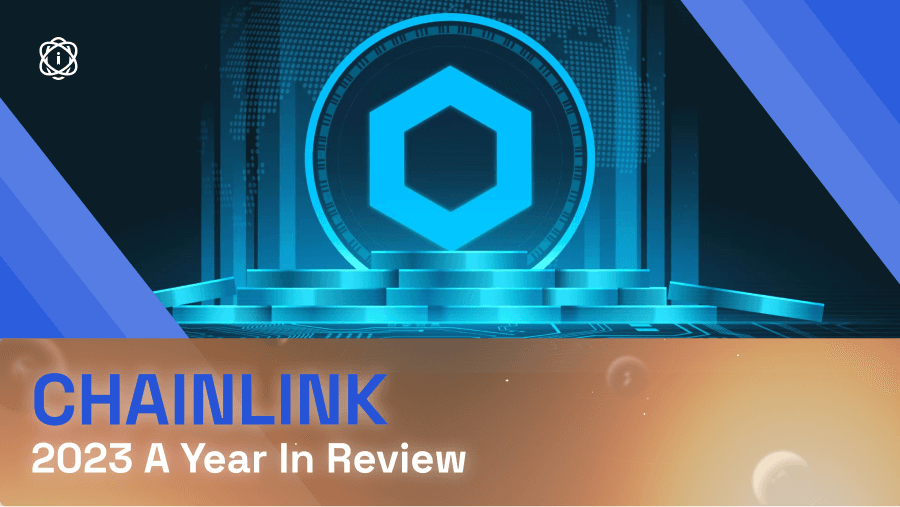Overview
Oracles are critical infrastructure in blockchain ecosystems, acting as intermediaries that fetch, validate, and transmit off-chain data to on-chain smart contracts. Unlike traditional software, blockchains cannot natively access external systems, creating a reliance on oracles for applications requiring real-world inputs. For example, a decentralized insurance app might use an oracle to confirm a flight delay before releasing a payout. Oracles balance trustlessness and practicality—decentralized models prioritize security through redundancy, while centralized models sacrifice some security for efficiency. Their reliability directly impacts the integrity of applications, making their design a focal point in blockchain development.
Types of Oracle Systems
Decentralized Oracles
Decentralized oracles source data from multiple independent nodes or providers, using consensus mechanisms to validate accuracy. This reduces reliance on single points of failure but increases complexity and cost. For instance, Chainlink, a widely used decentralized oracle network, aggregates data from numerous nodes and cross-references multiple APIs to minimize manipulation risks. Nodes in the network stake LINK tokens as collateral, incentivizing honest reporting. Discrepancies in data submissions trigger consensus protocols to identify outliers, ensuring only validated data reaches smart contracts. This design is critical for high-value applications like DeFi lending, where inaccurate price feeds could lead to systemic failures.
Centralized Oracles and Their Trade-Offs
Centralized oracles, such as Provable (rebranded as Orakl), rely on a single provider for data delivery. While faster and cheaper due to simplified infrastructure, they reintroduce centralization risks. For example, if the oracle operator experiences downtime or is compromised, all dependent smart contracts inherit this vulnerability. A notable case occurred in 2020 when a centralized oracle for a DeFi platform incorrectly reported a stablecoin’s price, triggering $8 million in erroneous liquidations. Centralized models are often used in low-risk scenarios or private blockchains where speed outweighs security concerns.
Hardware and Software Oracle Implementations
Hardware oracles interface with physical devices, such as IoT sensors or RFID scanners, to transmit real-world conditions. For example, a supply chain dApp might use temperature sensors in shipping containers to verify perishable goods’ integrity. Software oracles, by contrast, pull digital data from APIs, web servers, or cloud platforms. These are commonly used for financial data (e.g., stock prices) or event outcomes (e.g., election results). Hybrid systems, like those combining IoT devices with decentralized validation, aim to balance tamper-resistance with scalability.
Key Use Cases and Applications
Decentralized Finance (DeFi)
Oracles provide price feeds for lending protocols like Aave, ensuring loans are properly collateralized. If ETH’s price drops, the oracle triggers liquidation mechanisms to protect lenders. Beyond pricing, oracles enable cross-chain interoperability—for example, a bridge between Ethereum and Solana might use an oracle to verify transaction finality before releasing funds. Synthetics platforms like Synthetix rely on oracles to track real-world asset prices, enabling users to trade tokenized stocks or commodities.
Insurance and Risk Management
Decentralized insurance platforms like Etherisc use oracles to verify real-world events, such as flight delays or natural disasters, automating claims payouts without intermediaries. Parametric insurance contracts execute automatically when predefined conditions (e.g., hurricane wind speeds) are met, reducing administrative overhead. Oracles also enable novel risk-hedging tools, such as weather derivatives for farmers or volatility indexes for traders.
Gaming, NFTs, and Dynamic Metadata
Gaming projects leverage oracles for provably fair randomness, such as loot box rewards in blockchain-based games like Axie Infinity. NFTs use oracles to update metadata dynamically—for instance, a digital art piece could change its appearance based on real-time weather data. The Sandbox, a virtual world platform, uses oracles to integrate external events (e.g., concert schedules) into its ecosystem, enhancing interactivity.
Challenges and Security Risks
The Oracle Problem and Data Authenticity
The “oracle problem” refers to the challenge of ensuring external data’s accuracy without reintroducing trust into trustless systems. A compromised oracle can lead to incorrect contract executions—for example, a manipulated price feed could trigger unnecessary liquidations in DeFi. Decentralized oracles mitigate this by requiring consensus among nodes, but they face trade-offs in speed and cost. Centralized oracles, while efficient, are vulnerable to downtime or attacks. For example, in 2021, a flash loan attack exploited a price oracle’s latency to artificially inflate a token’s value, draining $30 million from a lending protocol.
Latency, Centralization, and Scalability
Delays in data delivery can disrupt time-sensitive applications like high-frequency trading, where milliseconds impact profitability. Centralized oracles often struggle to scale during network congestion, as seen during the 2020 DeFi boom when Ethereum’s gas fees spiked. Decentralized alternatives, while robust, require complex coordination between nodes, leading to higher operational costs. Projects like Band Protocol address this by optimizing for Layer 2 networks or alternative blockchains with lower latency.
Ensuring Data Integrity and Reliability
Cryptographic Proofs and Decentralized Validation
Chainlink uses cryptographic signatures to verify that data comes from an agreed-upon source, ensuring authenticity. Zero-knowledge proofs (ZKPs) are emerging as a tool for privacy-preserving oracles, allowing data verification without exposing raw inputs. For example, a healthcare dApp could confirm a user’s age via a ZKP-powered oracle without revealing their birthdate.
Reputation Systems and Penalty Mechanisms
Nodes that provide faulty data are penalized through slashing (loss of staked tokens) or reputation downgrades. Augur, a prediction market platform, uses a dispute-resolution system where participants challenge incorrect oracle reports, rewarding accurate reporters with fees. Over time, these mechanisms create a self-policing ecosystem where reliable nodes dominate.
Key Takeaways
-
Decentralized oracles prioritize security through multi-node consensus but face scalability challenges.
-
Centralized models offer efficiency at the cost of trust assumptions, suitable for low-risk use cases.
-
Hybrid systems and cryptographic innovations aim to balance speed, cost, and reliability.







